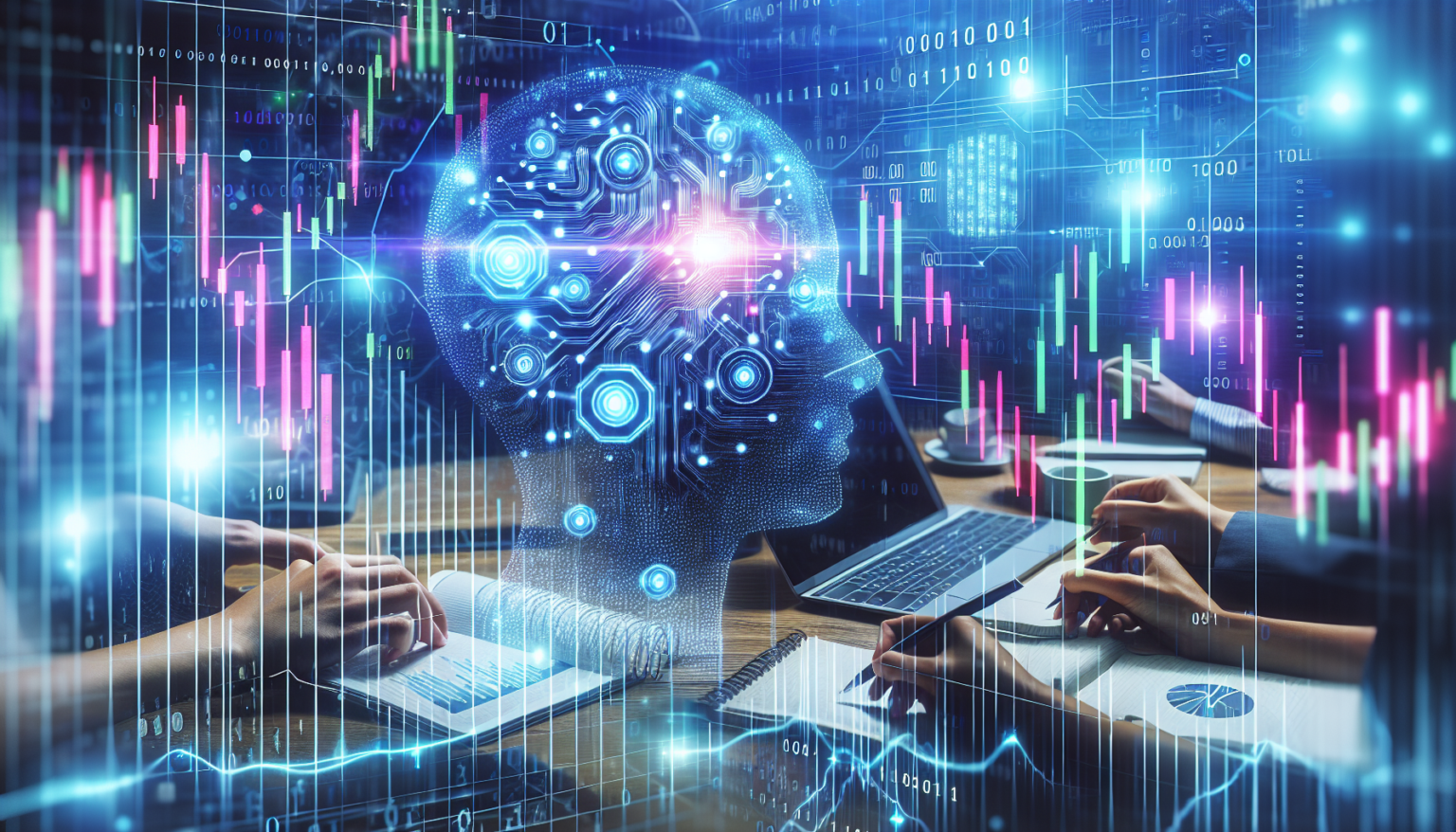Understanding Trading Strategies
The Foundation of Trading
Trading strategies are methods employed by traders to maximize profits while minimizing risks in financial markets. These strategies can be based on a variety of factors, including technical analysis, fundamental analysis, or a combination of both. Essentially, a trading strategy serves as a roadmap for traders, guiding their decision-making processes.
Types of Trading Strategies
There are numerous trading strategies, each catering to different trading styles and market conditions. Here’s a brief overview:
Day Trading
Day trading involves buying and selling securities within the same trading day. Day traders aim to capitalize on short-term price movements and typically utilize high levels of leverage.
Swing Trading
Swing trading, on the other hand, focuses on capturing price swings over several days or weeks. Swing traders often rely on technical analysis to identify potential entry and exit points.
Position Trading
Position trading is a longer-term strategy where traders hold onto their investments for weeks, months, or even years. This approach often relies on fundamental analysis and the overall economic outlook.
The Role of AI in Market Analysis
Artificial Intelligence (AI) has revolutionized various industries, and trading is no exception. By leveraging vast amounts of data and advanced algorithms, AI can significantly enhance market analysis, providing traders with actionable insights.
Data Processing and Analysis
One of the most significant advantages of AI in trading is its ability to process large volumes of data quickly. Traditional methods can be time-consuming and may not be able to analyze real-time data effectively. AI algorithms can sift through historical data, news articles, social media sentiment, and technical indicators to identify patterns and trends that human analysts might miss.
Machine Learning Algorithms
Machine learning (ML), a subset of AI, enables systems to learn from data and improve over time without explicit programming. In trading, ML algorithms can identify trading signals based on historical data and adapt to changing market conditions.
Natural Language Processing (NLP)
NLP allows AI systems to understand and interpret human language. When it comes to trading, NLP can analyze news headlines and social media sentiment to gauge market sentiment, giving traders a clearer picture of potential market movements.
Predictive Analytics
AI-driven predictive analytics uses historical data to forecast future price movements. By identifying correlations and patterns, these models can assist traders in making informed decisions. Traders can use these predictions to optimize their entry and exit points.
Algorithmic Trading
Algorithmic trading, powered by AI, automates the execution of trades based on predefined criteria. This approach minimizes the emotional and psychological factors that can affect trading decisions, leading to a more disciplined trading strategy.
The Components of Algorithmic Trading
Several components make algorithmic trading effective, including:
Trade Execution
AI algorithms can execute trades at optimal prices, ensuring that traders benefit from the best possible buy or sell conditions. This speed and precision are crucial in fast-moving markets.
Backtesting
Before deploying a trading strategy, backtesting allows traders to evaluate its effectiveness using historical data. AI can quickly simulate thousands of trades to assess performance, helping traders refine their strategies.
Risk Management
AI also plays a critical role in risk management. Automated systems can monitor trades in real time, adjusting exposure and implementing stop-loss orders based on market volatility and other risk factors.
Personalization of Trading Strategies
AI can help create personalized trading strategies tailored to individual risk appetites and investment goals. By analyzing a trader’s past performance and preferences, AI tools can recommend suitable strategies that align with their objectives.
Continuous Learning and Adaptation
Market conditions are constantly changing, and a successful trading strategy must adapt accordingly. AI’s ability to learn from new data allows traders to stay ahead of market trends.
Behavioral Changes
AI systems can track changes in trading behavior and market reactions to specific events. By analyzing this data, AI can provide insights into how traders might react to similar situations in the future, leading to more informed decision-making.
Dynamic Strategy Optimization
AI can continually optimize trading strategies in real-time. As market conditions change, AI algorithms can adjust strategies on the fly, ensuring that traders remain competitive, regardless of market volatility.
The Advantages of AI in Trading
AI brings numerous benefits to traders looking to enhance their trading strategies. Here are some key advantages:
Speed and Efficiency
AI algorithms process vast amounts of data at incredible speeds. This efficiency allows traders to act on signals faster than ever before, capitalizing on short-lived opportunities.
Emotion-Free Trading
Trading can be emotional, and decisions driven by fear or greed can lead to significant losses. AI removes these emotional factors by adhering strictly to predefined strategies and rules.
Improved Decision Making
With AI’s data-driven insights, traders are better equipped to make informed decisions. The ability to analyze market sentiment, price trends, and historical data provides traders with a more comprehensive understanding of potential market movements.
Accessibility
AI technologies have become more accessible to individual traders. Various platforms and tools allow traders to leverage AI-driven insights without requiring extensive technical knowledge.
Challenges and Considerations
While AI offers numerous advantages in trading, there are also challenges and considerations traders must be aware of.
Data Quality and Quantity
AI relies on high-quality, relevant data for accurate analysis. Inaccurate or insufficient data can lead to erroneous predictions and decisions. Traders must ensure they use reliable data sources to inform their AI systems.
Overfitting Models
One common challenge is overfitting, where a model performs exceptionally well on historical data but fails to generalize to new, unseen data. Traders must be cautious when developing AI models to avoid creating strategies that work only in specific scenarios.
Market Changes
AI models can struggle in rapidly changing market conditions. Traders need to constantly reassess and update their AI systems to ensure their strategies remain effective.
Conclusion
AI is reshaping the landscape of trading strategies, enabling traders to enhance their market analysis and decision-making processes. By leveraging advanced algorithms, predictive analytics, and machine learning, traders can gain deeper insights into market movements, optimize execution, and develop personalized strategies. Embracing AI in trading not only offers efficiency and speed but also fosters a new era of informed investing. As this technology continues to evolve, traders who adapt and integrate AI into their practices are well-positioned to thrive in the competitive financial markets.








